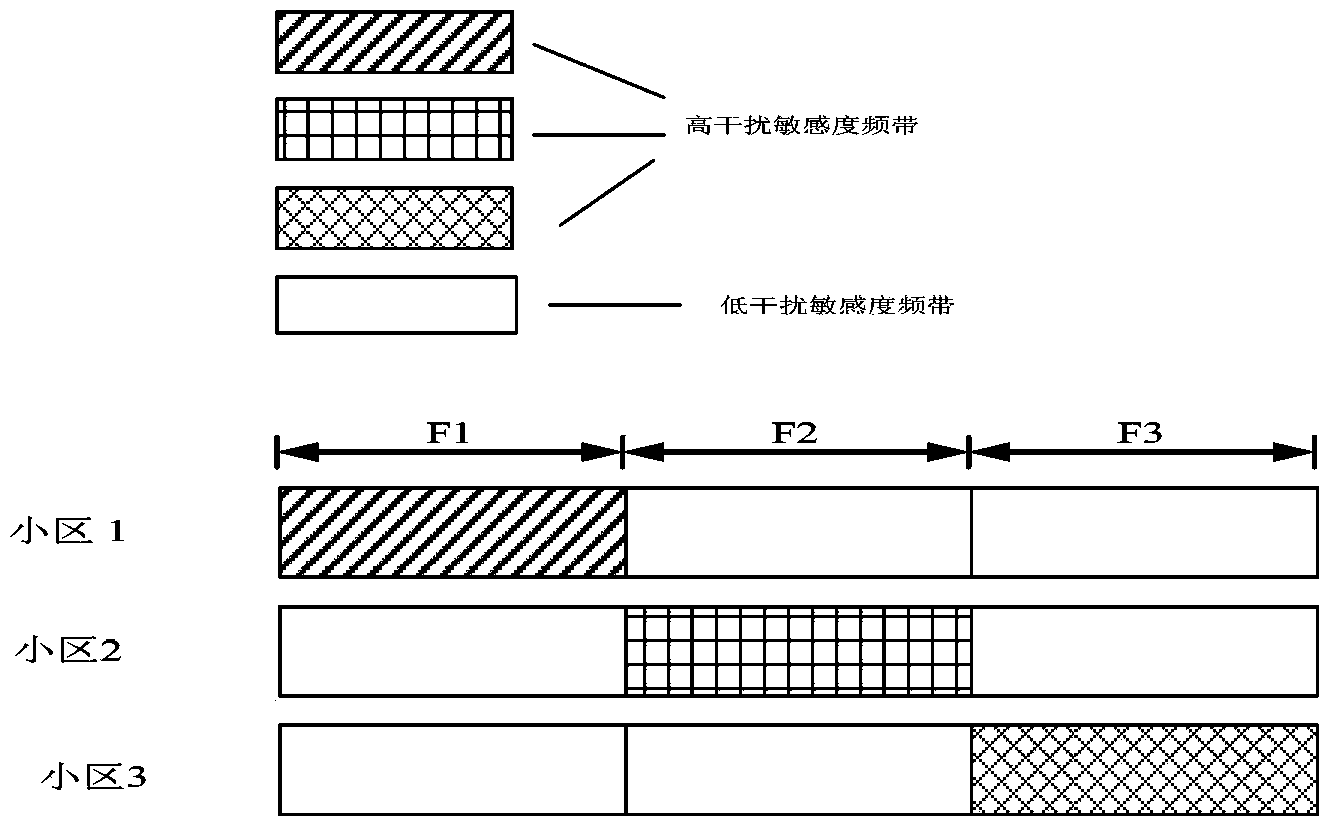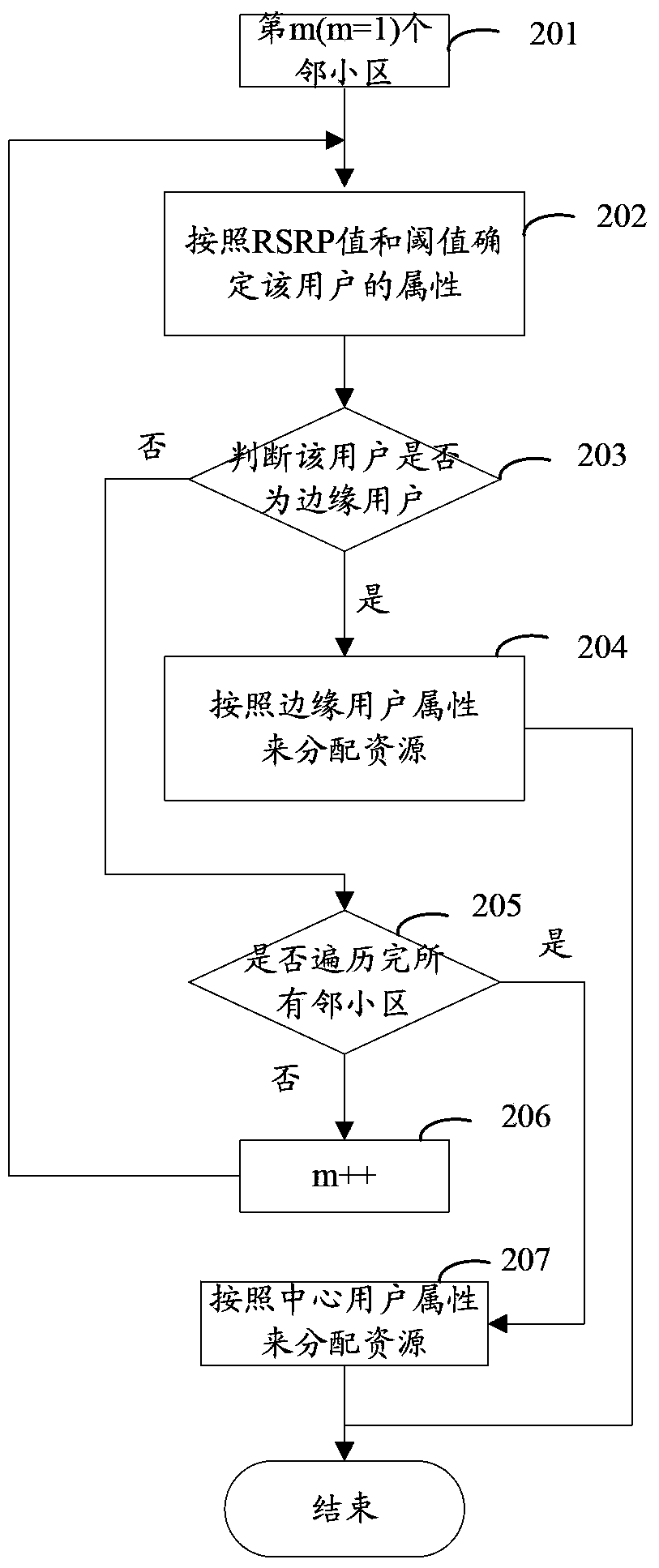Uplink interference coordinating method applied to irregular networking
An interference coordination and irregular technology, applied in network planning, electrical components, wireless communication, etc., can solve problems such as single omnidirectional antenna networking or directional antenna networking, complex interference situations, and no interference coordination scheme
- Summary
- Abstract
- Description
- Claims
- Application Information
AI Technical Summary
Problems solved by technology
Method used
Image
Examples
Embodiment Construction
[0023] In order to make the technical principles, features and technical effects of the technical solution of the present application clearer, the technical solution of the present application will be described in detail below in conjunction with specific embodiments.
[0024] In the embodiment of the present application, different user type determination methods are adopted according to whether there is a co-located base station in the serving cell where the user is located.
[0025] If there is no co-located base station in the serving cell, the user type is defined as:
[0026]
[0027] Among them, PPR i,m =RSRP(i)-RSRP(i) m Indicates the difference between the reference signal received power (RSRP) of user i to the serving cell and the RSRP to the neighboring cell m, PPR th is the threshold of the pilot power ratio (PPR).
[0028] If there are co-located base stations in the serving cell, the user type is defined as
[0029]
[0030] Among them, PPR i,m =RSRP(i)...
PUM
 Login to View More
Login to View More Abstract
Description
Claims
Application Information
 Login to View More
Login to View More - R&D
- Intellectual Property
- Life Sciences
- Materials
- Tech Scout
- Unparalleled Data Quality
- Higher Quality Content
- 60% Fewer Hallucinations
Browse by: Latest US Patents, China's latest patents, Technical Efficacy Thesaurus, Application Domain, Technology Topic, Popular Technical Reports.
© 2025 PatSnap. All rights reserved.Legal|Privacy policy|Modern Slavery Act Transparency Statement|Sitemap|About US| Contact US: help@patsnap.com



